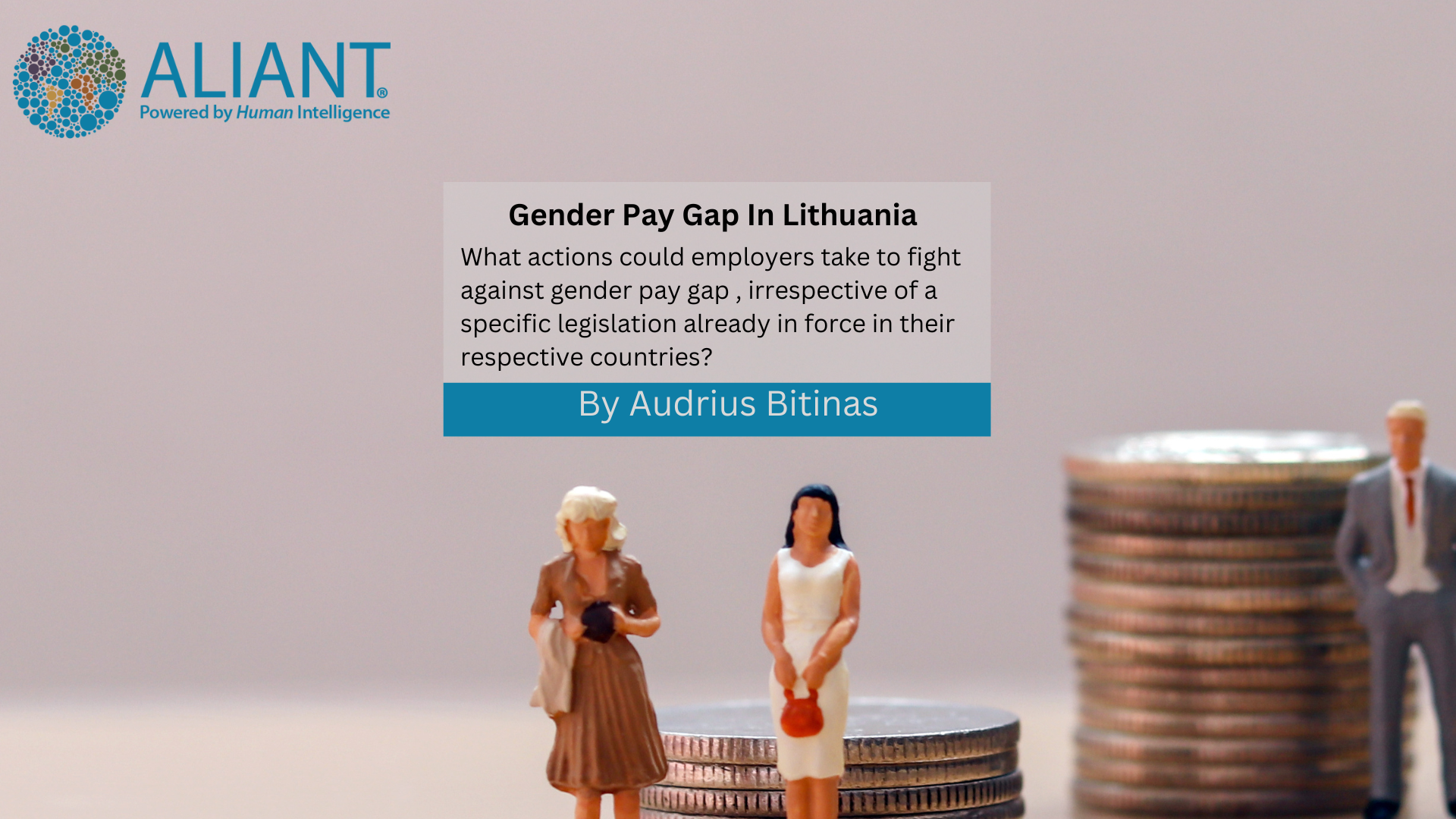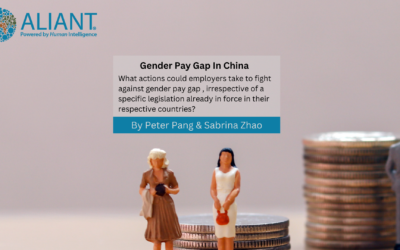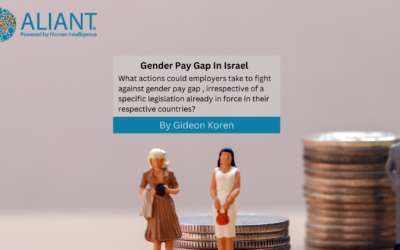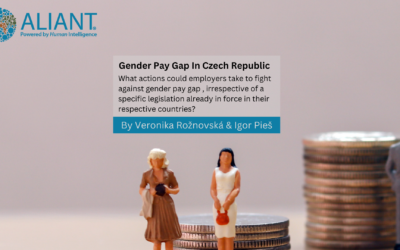Statistics show that women in Lithuania earn 14 percent less than men. The gender pay gap has many causal factors, including longer career pauses due to childcare, the different share of males and females working in specific economic sectors, but also disparities in the negotiation power, discrimination based on sex, etc.
In 2021, the State Social Insurance Fund Board started to perform the analysis of gender data in the employment and we can see that even in sectors, dominated by women, their salaries are often significantly lower.
What about the legislation?
Legislation could reduce the current gender pay gap. However, despite the requirements in the Labour Code, Law on the Public Administration or Law on the Public service (where is indicated, that salaries are set on the basis of quantitative criteria, with very clearly defined ceilings and minimums), the gender gap exists. Therefore, besides the formal legislation on the equal pay, the further government interaction should be important, especially strengthening work-family balance.
Impact for social security benefits
The biggest gap between men’s and women’s salaries is in the age group between 30 and 40. Naturally, lower salaries also lead to lower retirement pensions and other social insurance benefits.
From 1 of January 2023, the new maternity insurance system launched in Lithuania, based on the requirements of EU legislation.[1] It is expected that changes (e.g., more incentives to work and receive benefits, sharing maternity leave by both parents) could provide more flexible approaches for women to participate in the labour market.
New tools: statistical analysis on pay gap
From April 2021, the employers, which earlier already required to disclose the average salary paid to their employees, obliged to separate data into male and female components. Therefore, it is possible to see the differences among sectors, identify the outliers where we might need additional regulation or action, educational campaigns. Regular dissemination of such information is performing by the State Social Insurance Fund Board regularly.
For example, the highest salaries are for top managers, information technology, law, banking and economics areas. In these positions, where higher salaries are offered, men dominate. Therefore, men get higher positions and higher salaries. Based on these gender statistics, another study conducted by Creditinfo Lithuania[2], which indicates that out of 81 economic sectors in Lithuania, in 72 of them men earn more than women on average.
Conclusion
Therefore, it is important to continue the improvement of the legislation, including in the process both state institutions and private employers. Newly introduced tool – national gender statistical analysis in the employment- can be very useful not only for the dissemination reasons, but also for relations in the labour market (as the gender – sensitive policy plays important role nowadays for the image of companies in the competitive market), strengthening work-family balance (e.g., maternity social insurance system creates more flexible solutions for women), as well seeking for the improvement of the legislation.
[1] Directive (EU) 2019/1158 of the European Parliament and of the Council of 20 June 2019 on work-life balance for parents and carers and repealing Council Directive 2010/18/EU
[2] https://chronicle.creditinfo.com/2021/06/25/creditinfo-lithuania-study-men-earn-more-than-women/
Please follow these six part series and find out in Part III what actions could employers in The Netherlands take to fight against gender pay gap.






